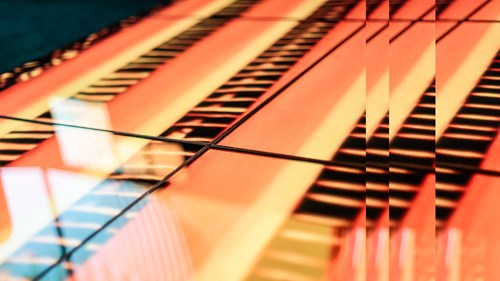Tougher rules for product liability in Europe
EU Commission presents draft of new EU Product Liability Directive after 37 years
On 28 September 2022, the Commission presented its long-awaited draft of a new Product Liability Directive. The current Directive, which harmonises strict product liability in Europe, dates back to 1985. The new draft certainly packs a punch. If it comes into force in its current form after further discussion in the Council and Parliament, industry players will have to prepare for a much tougher approach to product liability in Europe. At the same time, product liability will in future also extend to economic operators for whom this issue has not played a role so far.
What has been tightened up for product manufacturers and importers?
- In future, European product liability will no longer apply only to movable objects and electricity, but also specifically to digital production files and to software. The term “software” also includes artificial intelligence (AI) systems. The experts therefore no longer need to argue about whether software can be included in the term “movable object”.
- A product is defective if it does not meet the justified safety expectations of the average consumer. This will not change in future. However, in future new aspects will have to be specifically taken into account, such as the cyber-security requirements of the product. This will be interesting to see, because these requirements are just beginning to emerge.
- The currently applicable deductibles (€500 for property damage) and maximum liability limits (€85 million for personal injury) will no longer apply.
- All relevant terms in the new Directive will be adapted to current European product safety law and thus to the New Legislative Framework (NLF). The continuous and long-overdue linking of product liability with European product safety law runs through the entire draft Directive and has multiple practical consequences: in future, for example, anyone who “substantially alters” a product within the meaning of product safety law will be liable in the same way as a manufacturer, depending on the degree of fault.
- In future, the placing of products on the market will no longer be the sole decisive connecting point for product liability. In future, a manufacturer may still be liable if it can still control its product after it has been placed on the market (e.g. through appropriate security software updates).
- In addition to the manufacturer, the quasi-manufacturer and the importer, in future the manufacturer’s authorised representative within the meaning of product safety law and the fulfilment service provider may also be liable for product defects like the manufacturer is. This is one of the biggest surprises in the draft, because it means that economic operators will have to brace themselves for huge product liability risks of their own, although they were previously not confronted with such liability, either directly or indirectly. In light of this, it therefore seems doubtful whether the model of the authorised representative established under product safety law has a future.
- The currently applicable facilitation of proof for injured parties will be significantly expanded. The required causal connection between a product defect on the one hand and the damage on the other hand will in future be presumed in favour of the injured party if the damage was caused by “obvious malfunction of the product during normal use”. In the future, the injured party will therefore no longer have much to prove if it wishes to assert claims for damages against the manufacturer following an accident in connection with the use of a product.
- The exclusions of liability currently existing in favour of economic operators, of which there are very few in any case, will also be further restricted. For example, where the product defect is not recognizable when it was placed on the market will no longer exonerate the manufacturer if the defect could have been remedied by a security software update. This means that it is not only the tech industry that will have to think twice about whether it can afford to discontinue security updates for “older products” after a few years.
- What is really surprising is that in future companies may be forced to hand over evidence in their possession (e.g. design documents, documented findings from product observation) which the claimant needs to substantiate their claims. If the companies fail to do so or do so incompletely, they may lose the case because the defectiveness of the product will then be legally presumed. Such “disclosure of documents”, as is typical in common-law jurisdictions, has been unknown in German civil proceedings so far.
- The enforcement of the Product Liability Directive will also gain an additional dimension through the implementation of the EU Representative Actions Directive and the introduction of a new remedy for performance (further information can be found in our article New type of class action in Germany). This allows qualified entities to bring a representative action for compensation, repair or price reduction. Consumers and small businesses can join these actions (opt-in).
Does the draft contain any relief for industry players?
There are no apparent aspects providing relief for the economic operators concerned. The current draft Directive entails tightening up and expanding the product liability regime throughout, which industry players will have to adapt to in the short term as part of their risk management. Indeed, the draft specifies a very short implementation period for the Member States of 12 months from entry into force.
Will the new AI Liability Directive lead to even more stringent product liability?
The draft of a new AI Liability Directive, also published on 28 September 2022, has no effect on liability under the Product Liability Directive. The far-reaching disclosure obligations for evidence and the facilitation of evidence in favour of potential claimants who find themselves harmed by AI systems provided for in the AI Liability Directive cannot be combined with the privileges of the Product Liability Directive. The European legislator has deliberately placed the AI liability privileges in a separate Directive and limited them to the assertion of non-contractual fault-based damage claims. In this context, i.e. within the framework of tortious liability under German civil law, the provisions of the AI Liability Directive will come into full effect to the detriment of the economic operators concerned.
Well
informed
Subscribe to our newsletter now to stay up to date on the latest developments.
Subscribe now








